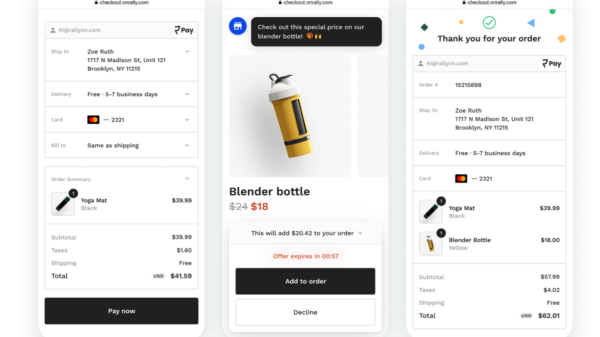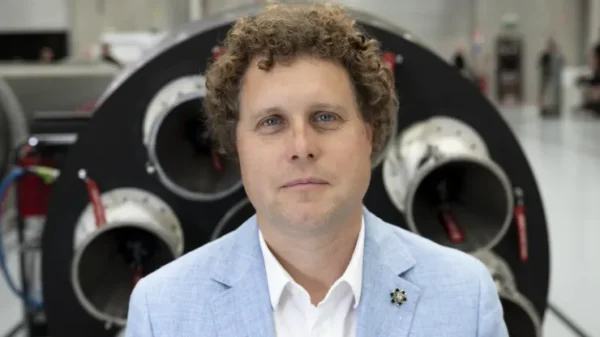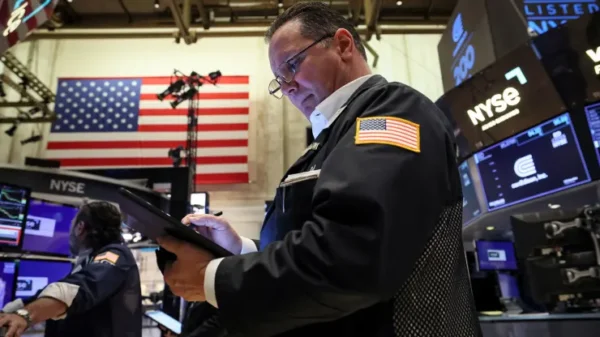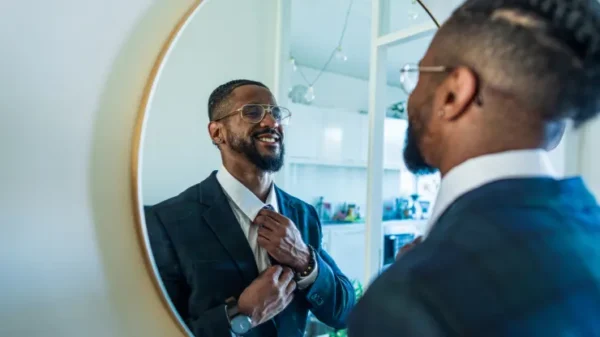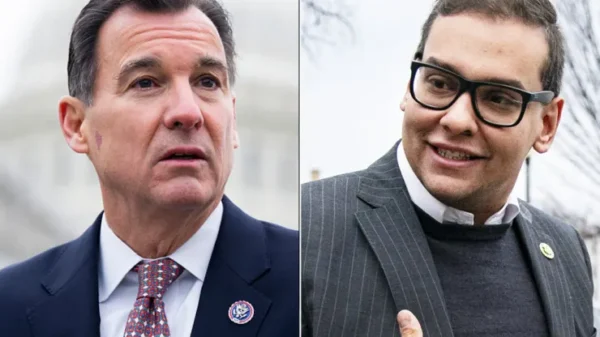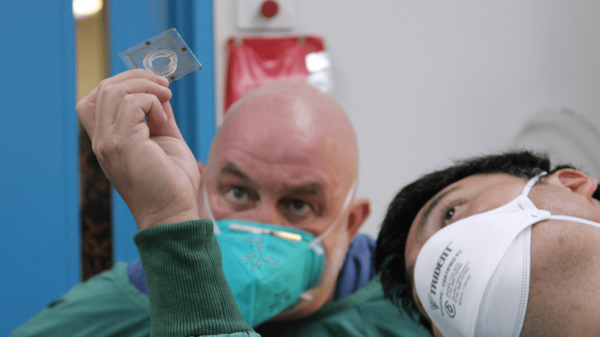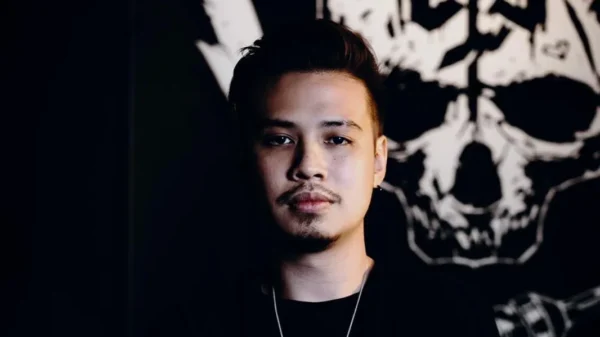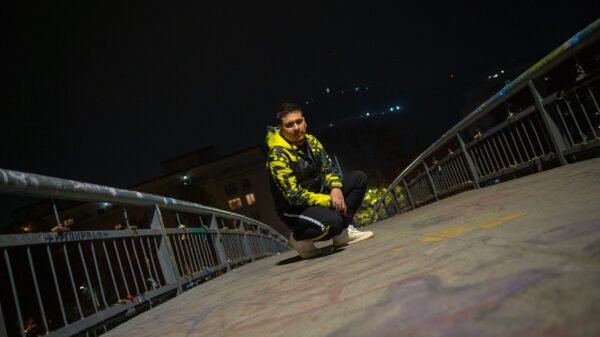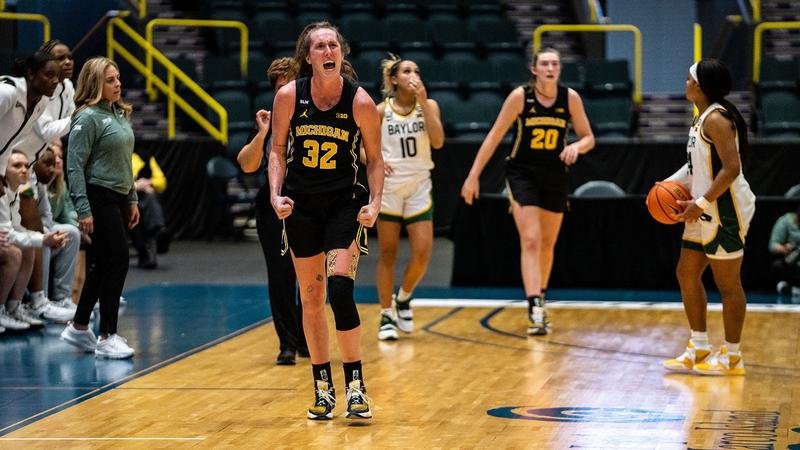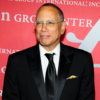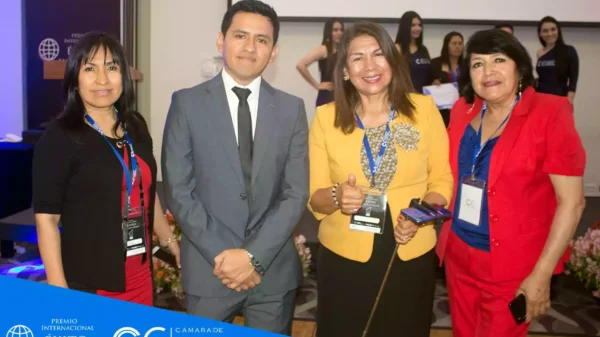Brown turned in a game-high 26 points on 7-for-11 shooting and a perfect 12-for-12 showing at the free-throw line. She also had four boards and four assists in 35 minutes of action. Kiser recorded her sixth 20-point effort of the season, finishing with 20 points, four boards and three assists. rounded out Michigan’s double-figure scorers with 12 points and a game-high five assists. Michigan forced 28 Miami turnovers en route to 28 points to combat a 39-21 Miami advantage on the glass.
Michigan never trailed in the first quarter, quickly grabbing a 5-2 lead off a Kiser triple at the 8:44 mark. Kiser found Williams in the paint for hook shot with 2:27 remaining, pushing Michigan’s lead to 17-11.
U-M grabbed a 21-13 lead after 10 minutes, paced by eight points from Brown — all coming at the line.
Michigan extended its lead to nine, 26-17, on a pullup from Phelia with 8:08 to go in the second quarter. Miami answered with an 11-0 run, taking its first lead of the contest off a pair of technical free throws with 4:37 left before the half.
The Wolverines countered with six straight points, getting back-to-back buckets from Brown and a layup from forcing a Miami timeout with 2:58 remaining and Michigan back in front at 32-28.
Brown scored again out of the timeout, nudging Michigan’s lead back to six, but Miami scored the final three points of the half and U-M held a 34-31 lead after 20 minutes.
hit a three with two people on her at the third-quarter buzzer for a 53-44 lead after 30 minutes of action.
Brown found Kiser for a lefty layup and then found Phelia for a transition layup with 6:01 to go, forcing a Miami timeout as Michigan grabbed a 63-50 advantage.
Nolan hit a corner triple from Phelia off the extra pass for a 66-50 lead, but Miami answered right back with a triple of its own. Brown free throws gave Michigan a 68-53 lead with 4:35 to go.
Miami split a pair at the line and got the offensive rebound for a three-point trip, cutting Michigan’s lead to 68-56 with a little more than four minutes to go. Kiser countered with a pair at the line, as U-M’s lead never dipped below 11 the rest of the way.
Michigan kicks off Big Ten play on Sunday (Dec. 4), hosting Northwestern at 2 p.m. at Crisler Center.




